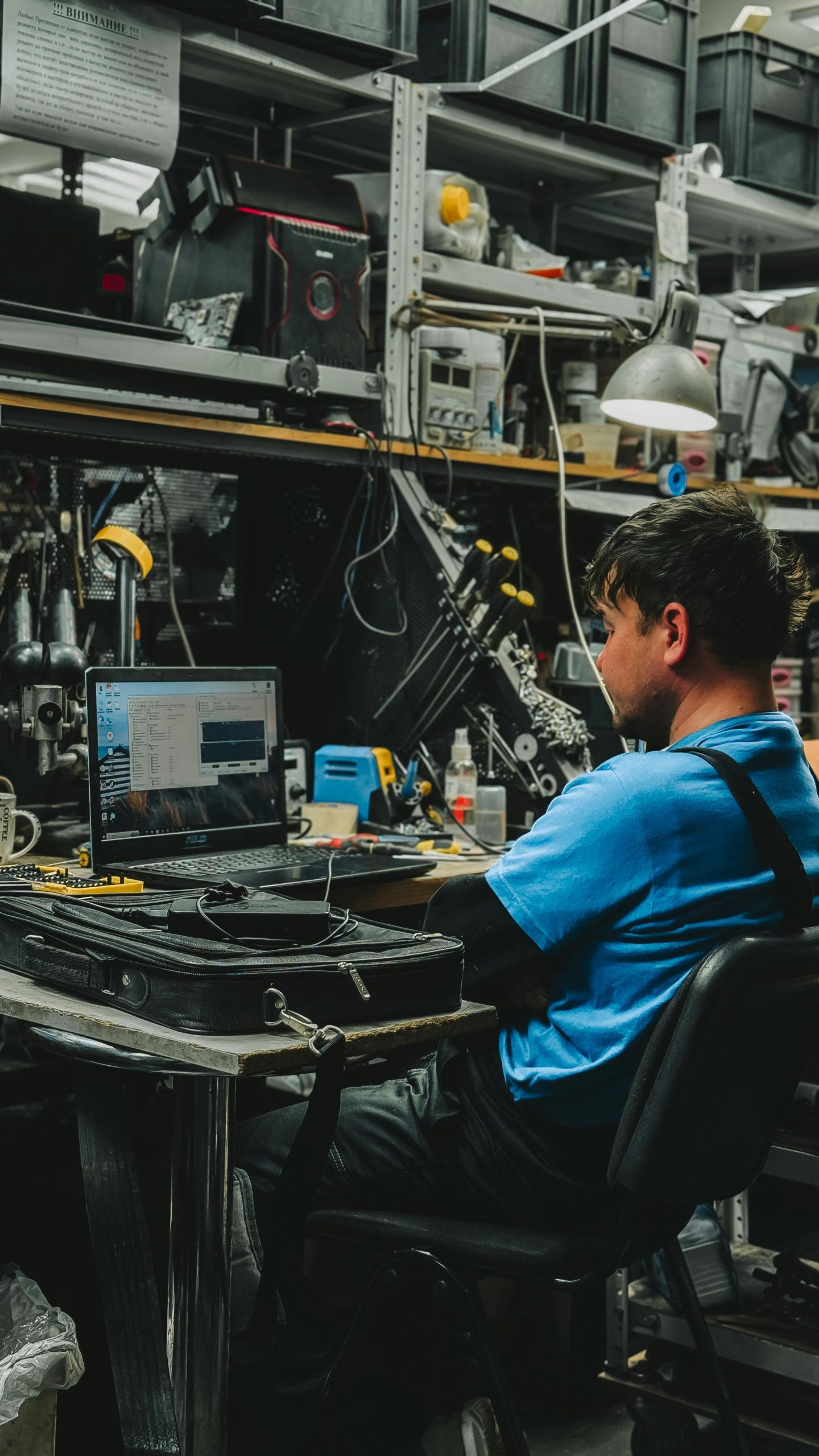Title: Troubleshooting My Intermittently Fickle PC: A Frustrating Experience
It’s been six years since I first built my PC, and it has served me well—until recently. Out of nowhere, my machine stopped powering on completely; no lights, no sounds, nothing. Suspecting a power supply issue, I swapped in a new PSU, but that didn’t resolve the problem. In a last-ditch effort, I tried bridging the PSU and motherboard pins with a paper clip, which caused everything to spring to life—except for the display, which remained blank.
In search of answers, I took my computer to a repair shop for diagnostics. To my surprise, when the technicians connected it, the system booted up without any issues. I brought it home, and for a week, everything seemed fine. However, the same problem reared its head again, leaving me staring at a dead screen.
Once more, I returned to the repair shop. They connected my PC and, once again, it powered up immediately. Frustratingly, they mentioned they couldn’t keep it for diagnostics because it wasn’t exhibiting any problems at that moment. They also informed me that I would incur charges regardless of whether they found an issue.
Now I find myself back at home with a functioning computer, but I have an uneasy feeling that this is a temporary solution. After the system failed again, I even tested multiple power outlets throughout my house to rule out any external power issues, but nothing changed.
The puzzling question remains: why does my PC work flawlessly at the repair shop only to falter again shortly after returning home? It’s as if the technicians have given it a temporary “boost,” which eventually fades away. If anyone has any insights or similar experiences, I would greatly appreciate your thoughts on what might be causing this perplexing behavior.
Share this content:




It sounds like you’re experiencing intermittent power issues with your PC, which can be quite tricky to diagnose. Based on your description, here are some potential causes and troubleshooting steps:
If the problem persists, consider monitoring the system